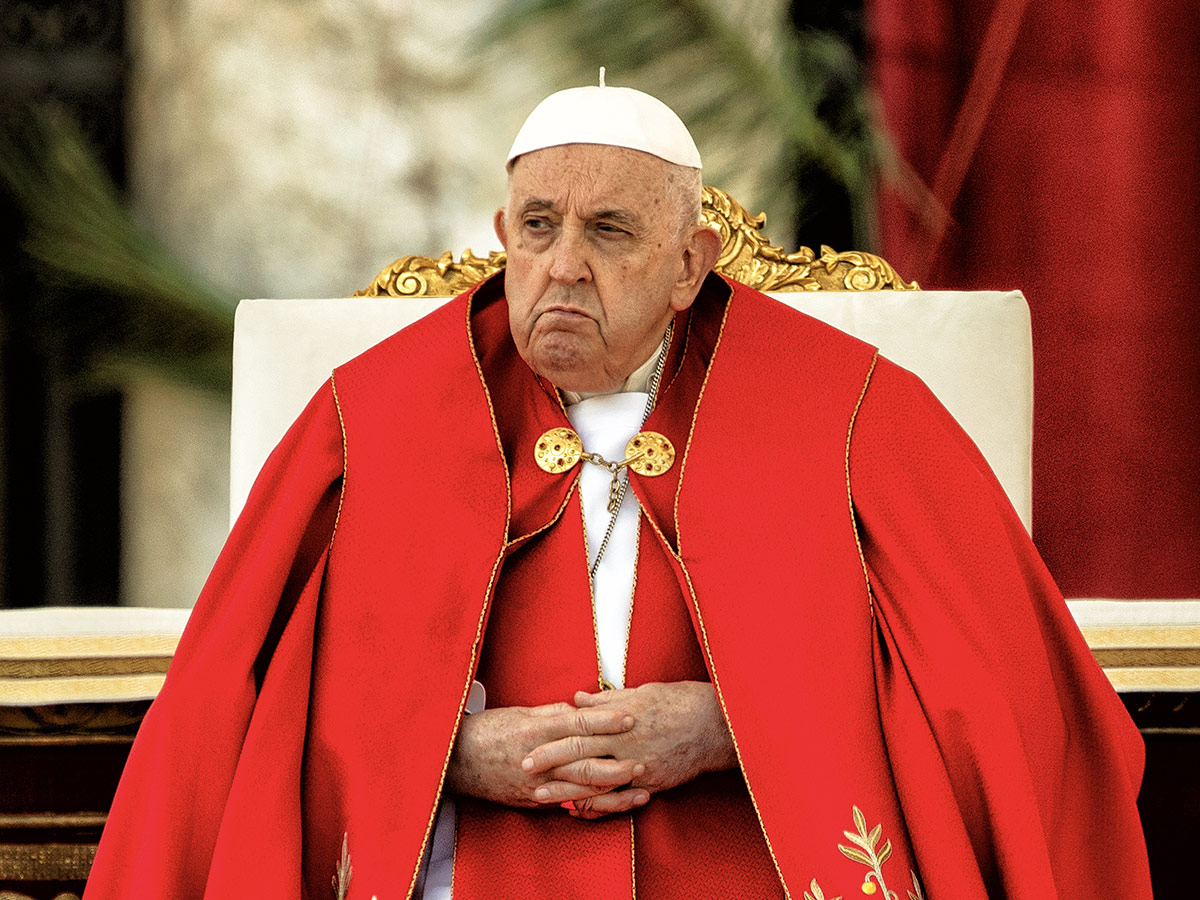Last week, on a visit to his old apartment a few blocks from the Vatican, the newly-elected Benedict XVI wished to inform those gathered outside his door that he was working on his installation homily and would be immersed in drafting it for some time. Tellingly, the messenger he sent was not his priest-secretary nor the Vatican spokesman Joaquin Navarro-Valls, but his housekeeper, Ingrid Stampa.
Having delivered the message, Stampa-long known in Rome as the new pope's trusted friend, collaborator and "right-hand woman"-went back inside and helped craft Benedict's cry that "the church is alive, and the church is young."
Are we witnessing the beginning of a Benedictine reform? The new pope's first days have seen several moves intended not only to set the tone of his pontificate, but to assuage the anxieties of progressive Catholics nervous about the swift election of arch-conservative "Panzerkardinal" Joseph Ratzinger. One of the most reassuring signs of his personal stamp on the office is taking place away from the public gaze. In an unprecedented move, Benedict has tapped Stampa, a 55-year-old German laywoman and academic who has served as his live-in personal assistant since 1991, to bring her counsel, support, and "brain trust" role to Catholicism's most hallowed corridor of power.
Stampa, who has never married, is a lay affiliate of the Schoenstatt Sisters of Mary, a group founded in 20th century Germany which, according to its publications, is dedicated to forming "a community of lay leaders in the Church and secular spheres."
Wire reports have characterized Stampa solely as "the housekeeper." But given the Pope's reliance on her as his all-access confidante, the better analogy is to see Stampa as Karen Hughes to Benedict's President Bush. While she has served as Ratzinger's domestic-a role which she took up on the death of his sister and trusted counsel, Maria-she was never just a cook and clerk for Ratzinger.
On the contrary, Stampa-a former professor at the conservatory of Hamburg who speaks at least three languages and has an advanced degree in ancient music-ghostwrites and translates for him. She will now serve Benedict XVI as the first member of the papacy's inner circle, just as John Paul II's secretary of four decades, Archbishop Stanislaw Dziwisz, did for the late pontiff. More likely than not, she will function as the pope's eyes and ears in those places he can't directly go, and provide priceless "backdoor" access to Benedict XVI to people who would normally be hindered by the Vatican bureaucracy.
By inviting Stampa-who could well be his Catherine-to join in his new mission, at the dawn of a new era in the Catholic church, a Pope seen as arch-conservative has sounded a clarion call for openness and change from the top-a sign to the world, and his own bishops, that a woman's place isn't just at the heart of the church, but its head as well.

